The traditional Japanese martial art of Kendo is practiced with a distinctive uniform known as a “kendogi” or “gi.” The Kendo uniform is designed to provide protection, flexibility, and a recognizable appearance. Here are the key components of a Kendo uniform:
Kendogi (Top):
The kendogi top is a heavy cotton or cotton-blend garment. It is typically dyed indigo and features a loose fit to allow for swift and dynamic movements during Kendo practice. The kendogi is worn with the front left panel folding over the right, a tradition that dates back to the samurai era.
Hakama (Bottoms):
The hakama is a wide and pleated skirt-like garment worn over the kendogi. It is traditionally made of heavy fabric, often cotton or polyester blends, and is usually black or indigo in color. The hakama serves not only as a symbol of rank but also provides additional protection to the legs during practice.
Obi (Belt):
The Kendo uniform is secured with an obi, or belt, which is typically made of a soft, flexible material. The obi holds the kendogi top in place and may have a specific way of tying, depending on the practitioner’s rank.
Men (Headgear):
Kendo practitioners wear a protective headgear called a “men.” The men consists of a metal grill or bars to protect the face, throat, and head. It is worn over the kendogi and secured with a series of straps. The men is a crucial element for safety during sparring.
Kote (Gloves):
Kote are padded gloves that protect the hands and forearms. They cover the hands and wrists and are an essential part of the Kendo uniform for hand protection during strikes.
Do (Chest Protector):
The do is a chest protector worn over the kendogi to protect the torso. It is made of sturdy materials and provides additional safety during Kendo practice.
Tare (Groin Protector):
The tare is a groin protector that is worn as part of the Kendo uniform. It consists of protective flaps that hang down from the obi to protect the groin area.
Socks and Footwear:
Kendo practitioners typically wear white socks and split-toe shoes known as “tabi” during practice. Tabi have a separate compartment for the big toe, providing better stability and grip.
Shinai (Practice Sword):
While not part of the uniform worn on the body, the shinai is a bamboo practice sword used in Kendo. Practitioners use it to simulate strikes and engage in controlled sparring.


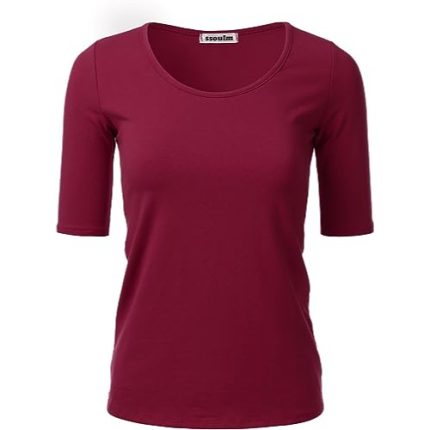
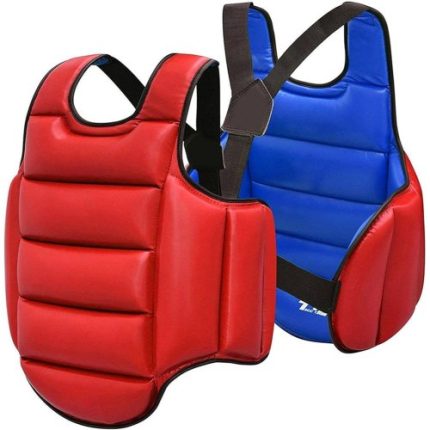
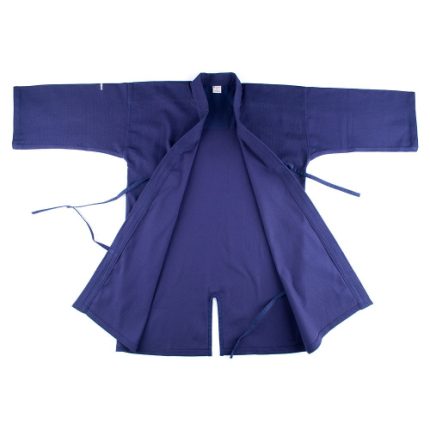
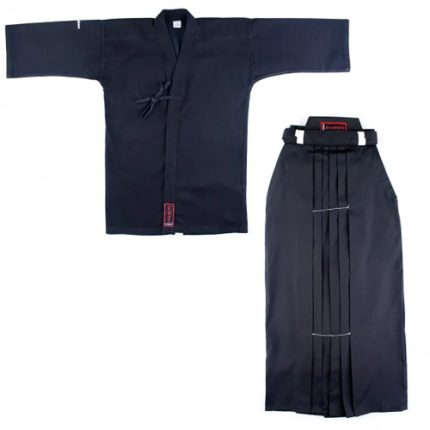
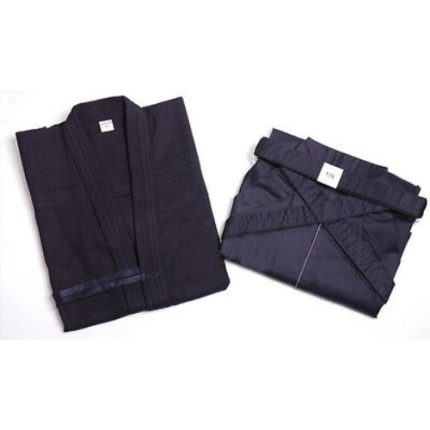
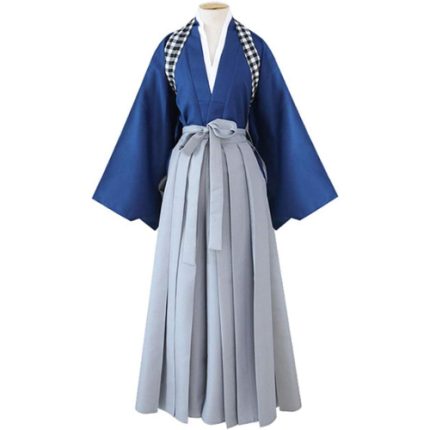
Reviews
There are no reviews yet.